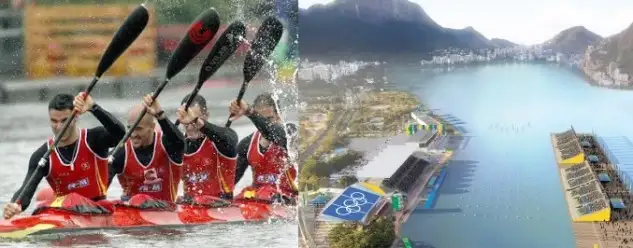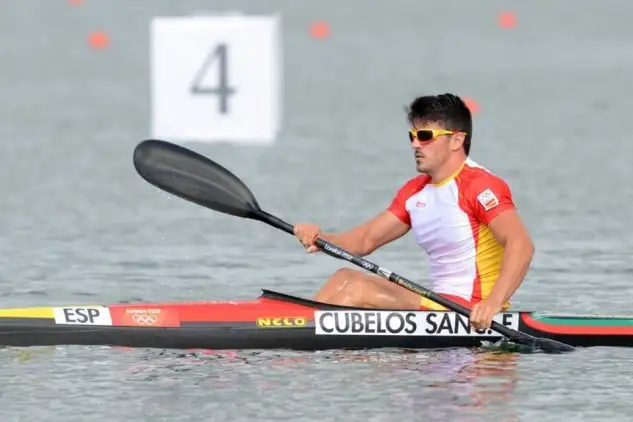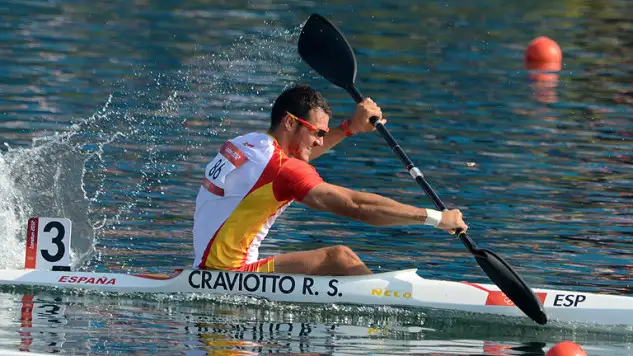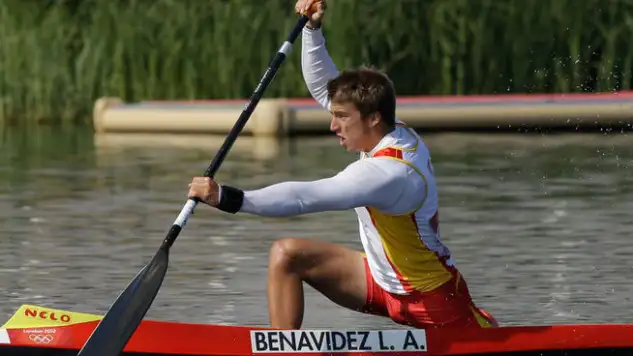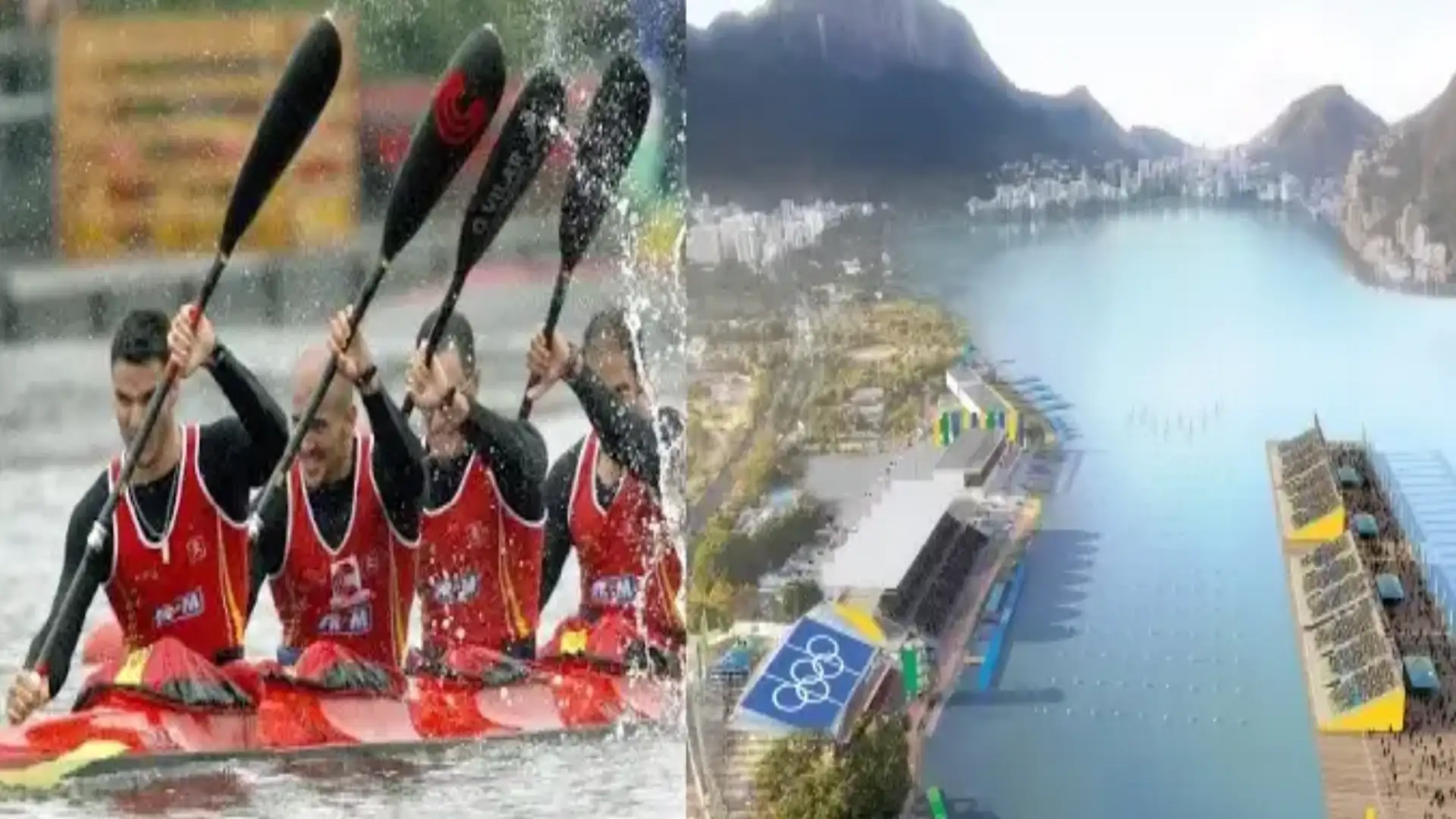
The Pyragüism in Rio 2016.
The Pyragüism in Rio 2016.
Piragüism is a sport that begins to spread from 1840, although it is not until 1865 when the first modern kayak is built, and the sport begins to emerge, with the manufacture of kayaks, which took place especially in Switzerland and Germany, and a few years later it takes the form it currently has. The international federation of this sport was born in 1924, and the first championship in the world was held in 1938. It is now disputed every year, with the exception of the Olympic years.
Spain has always stood out in piragüism in quiet waters. At the London Olympic Games, two silver medals were obtained, and in Pekin's, one gold and two cans. In this sport one must highlight a name of its own, David Cal, which accumulates 4 silver medals and 1 gold. In London 2012 there were 12 tests (8 males and 4 females), and will be the same tests that will be during the Rio Olympic Games. The tests that make up the pyragüism in quiet waters can be separated mainly in canoe (C) and kayak (K), and within them in the number of palists of each vessel, which can vary between 1.2 and 4.
- K1 200m
- K1 1000m
- K2 200m
- K2 1000m
- K4 1000m
Male canoe
- C1 200m
- C1 1000m
- C2 1000m
Female Kayak
- K1 200m
- K1 500m
- K2 500m
- K4 500m
Then I will explain a little bit the differences between the canoe and the kayak, although first I would like to focus on the distances. For starters, men compete at 200 and 1000m, although in the world, they also compete at other distances, highlighting the 500m, which was Olympic to the JJOO of Beijing. Women, for their part, compete at 200 and 500m, although in other competitions they also compete at smaller distances.
Form of competition
In the pyragüism it is competed with series, semi-final and final (A, B and C), although the number of classified varies depending on the number of boats there are. They can simultaneously row up to 9 boats in the series, but only 8 rows the final. Depending on the vessels, the following cases may occur:
- 11 or 12 vessels:Two series are played, and each one's winners go to the final. The remaining 9 / 10 go to 2 semifinals, and the first 3 of each also go to the final.
- 13 to 14 vessels:2 series are disputed, and the first 5 of each series go to the semifinals, while from the sixth and forth they go to the final B. In the semifinals of 5, the first 4 access the final A, and the last 2 access the final B.
- 15 to 16 vessels:Two series are held, and the top 6 have direct access to the semifinals. The rest to the final B. In the semifinals, the top 4 of each semifinal, go to the final A, and the last 2 in each semifinal, go to the final B.
- 17 to 24 vessels:Three series are held, and the best 5 go directly to the semifinals, in addition to the 6th place with better time. The rest is removed. In the semifinals, the top 4 of each semifinal access the final A, and the rest to the final B.
http: / / jjoorio2016.blogspot.com.es / 2013 / 09 / piranguismo-en-rio-2016.html
© 2024 Nautica Digital Europe - www.nauticadigital.eu


